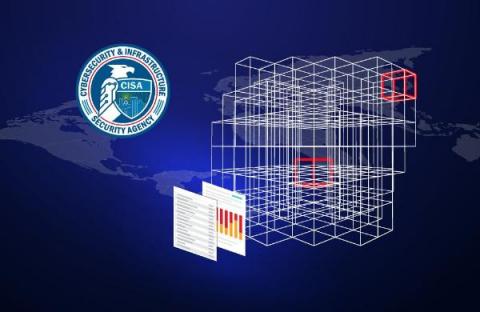Watch out for DoS when using Rust's popular Hyper package
The JFrog Security Research team is constantly looking for new and previously unknown vulnerabilities and security issues in popular open-source projects to help improve their security posture and defend the wider software supply chain.











